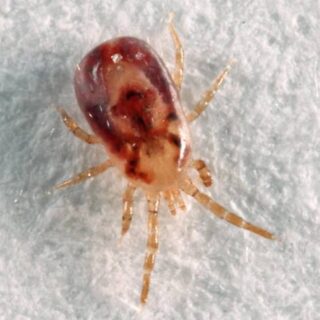Tropical Rat Mites in Suffolk County & Nassau County
The tropical rat mite can be extremely annoying, but whether it can transmit human diseases is unclear. The primary host of the tropical rat mite is the Norway rat, and because of its association with this commensal rodent, the mite is now distributed worldwide. More often seen in warmer regions of the world, these mites infest used or abandoned rat nests. These mites can travel several hundred feet from a rat or rat’s nest to find a new host.
Tropical Rat Mite Habitat
Tropical rat mites are sometimes found in stores, restaurants, theatres, and other buildings. The mites usually feed at night or in semi-darkness and retreat to cracks, crevices, and other dark places until their next meal. These mites tend to accumulate in walls, particularly where there is a source of heat. For this reason, they will often be found near various heat sources such as hot water pipes, stoves, dishwashers, etc.
Tropical Rat Mite Behaviors, Threats, or Dangers
Tropical rat mites often become a serious problem where rat eradication programs are underway, for then they must attack humans and other animals to survive. Additionally, this mite is known to attack people, even when rats are abundant. Their bites may produce irritation and sometimes painful dermatitis that continues for two or three days. Itching, often severe, is a principal complaint. Both the nymphs and adults may attack humans, however, the nymphs appear to be the most troublesome. If you suspect an issue with tropical rat mites, it’s important to contact a professional tick & mite control expert.
Need help with Tropical Rat Mite control?
Need Expert Advice?
Leave your information below and we'll be in touch soon!
"*" indicates required fields
*During normal business hours. After hours calls will be returned the next business day.





